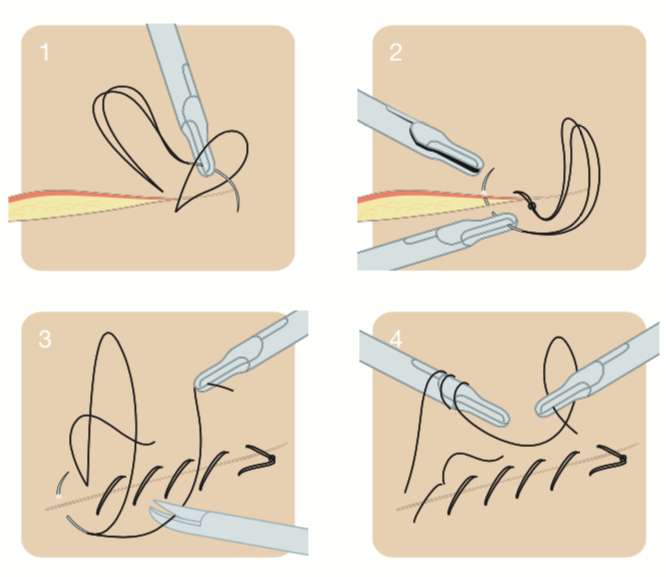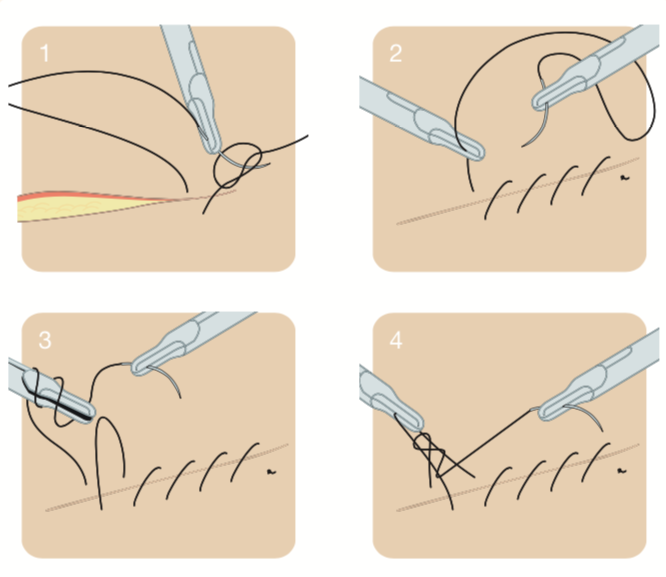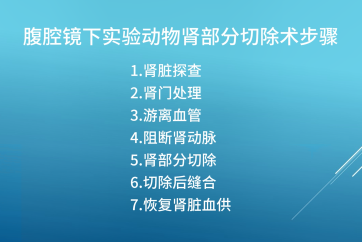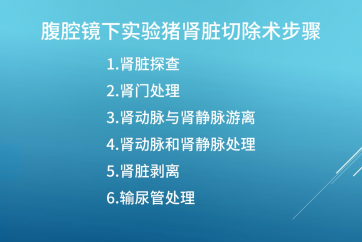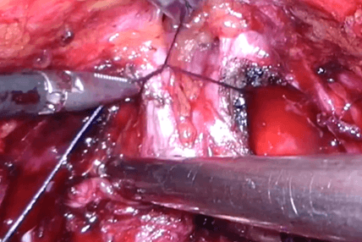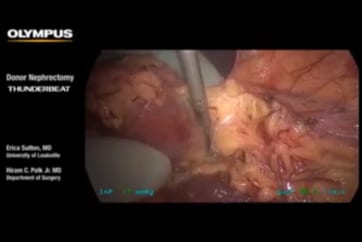INTRACORPOREAL SUTURING
Single knot suturing
The needle is fixed in the needle holder. The needle is stitched through the tissue close to the wound margin.
It depends on the particular situation whether the wound gap can be closed by a single needle stitch or by a discontinuous needle manoeuvre.
After the needle appears opposite to the wound margin, the first knot is a doubled knot. Two stitches, each in opposite directions to one another, will finalize the single knot.
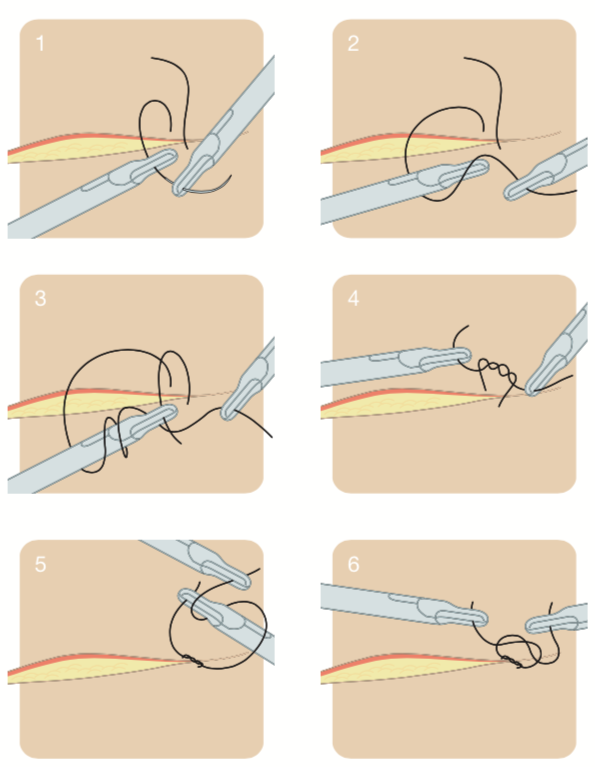
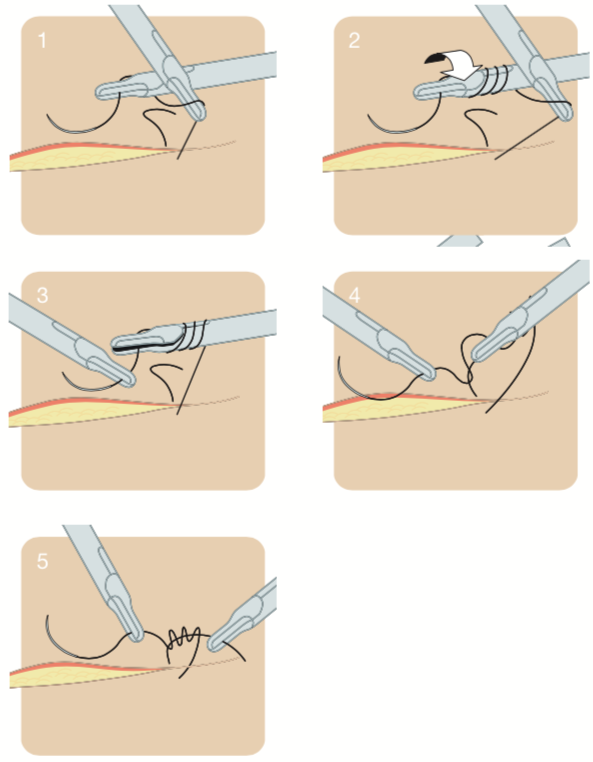
Continuous suturing
Continuous suturing in general starts by making the first stitch a little outside the wound line.
It starts with a normal single knot suture but the long suture part is left uncut. Then the suture line is followed by diagonal suturing until the end of the wound incision is reached.
To finalize the suture line, the last stitch is not completely pulled through the tissue although the suture will remain as an open loop. This loop is ultimately used for the first knot made in the same way as with the single knot technique. Final knotting in opposite directions will complete the secure knot.
